





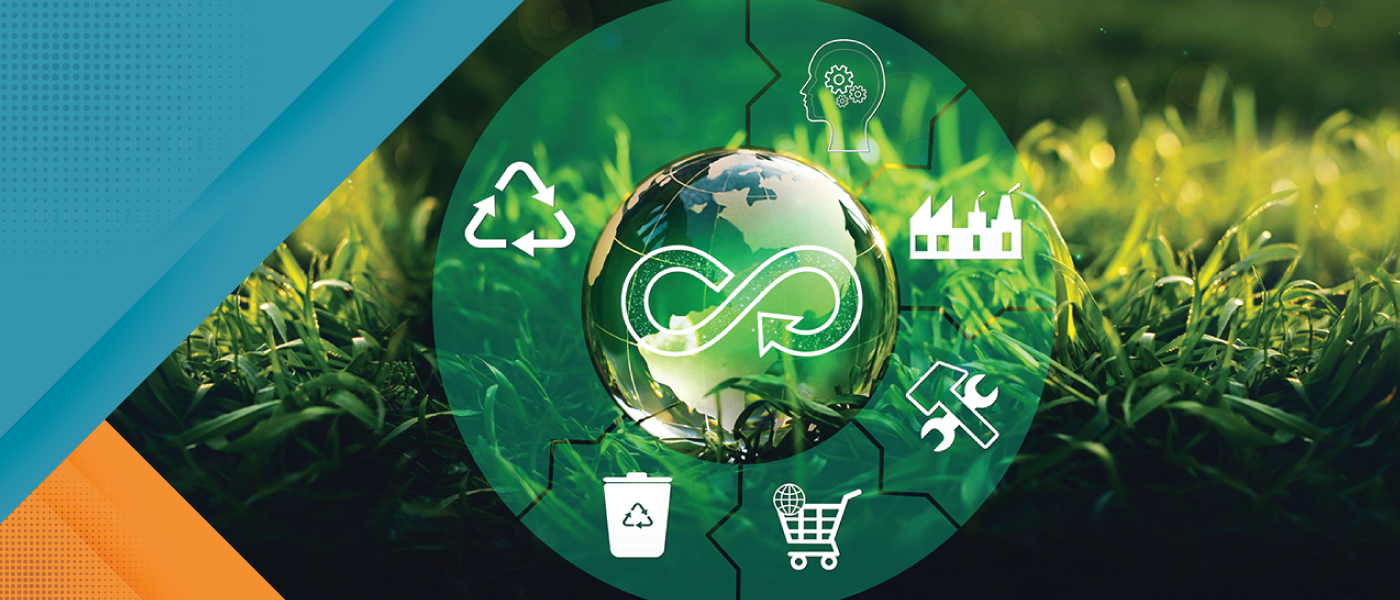

What key drivers and restraints impact the growth of this landscape? Which regions and countries offer the best prospects for growth during the forecast period? What are the major growth opportunities? Who are the key participants in the global and regional segments?

How are circular solutions and the recovery of value from key hazardous wastes driving growth? Identify the top companies in this space, and explore segments like collection and handling, recycling, thermal treatment, landfill for hazardous waste, and more.

Examine how the growth and transformation of this sector are driven by technology innovations, new business models, sustainability, and creative service offerings. Explore why companies must innovate to keep growing and remain profitable.

Transform Your Organization with the Right Communications Technology Partner and Turn Challenges into Opportunities
Disruption is not only unavoidable; it’s quite simply the “new normal.” Communications technology advancements, coupled with socio-demographic shifts such as the growing proportion of digital natives among consumers and the workforce, have transformed entire industries for the past couple of decades. However, it wasn’t until the recent pandemic that business models were disrupted on a massive scale. The widespread move to remote and hybrid workstyles wreaked havoc but created opportunities for organizations to rethink the way they operate and serve customers. Digital technology adoption skyrocketed in the past three years as business leaders strove to maintain worker productivity and effective customer engagement across expanded physical distances.
Schedule a dialog or email us at myfrost@frost.com to connect with an industry expert at no charge. We are taking unprecedented action to make our team available to help you cut through the media and politics to get factual one-to-one guidance for the issues and opportunities that matter most to your business.

What are the growth opportunities identified by the Waste2Resource recycling program?
Read more Request Info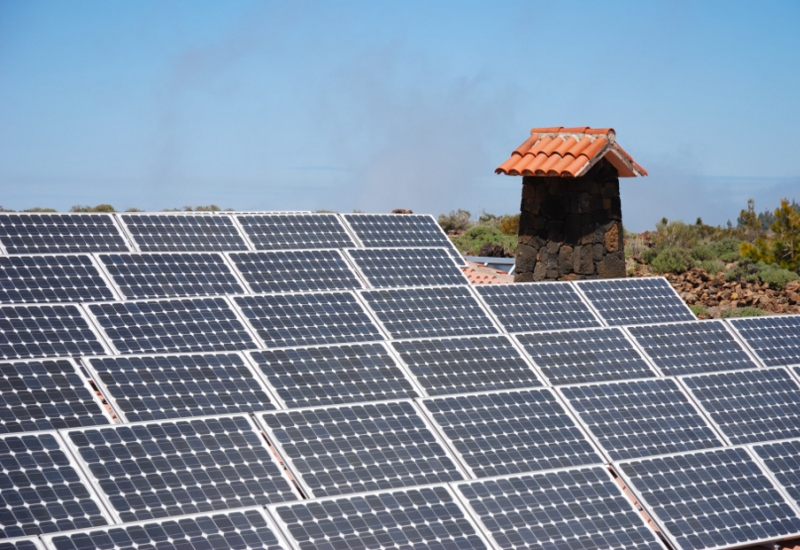
Why will the uptake of battery storage systems be pivotal for the growth of this space?
Read more Request Info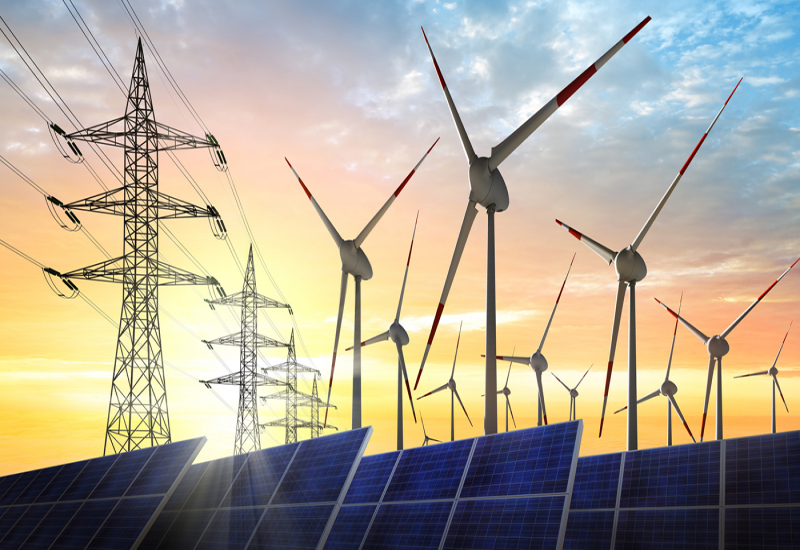
What are the main implications of the Russo-Ukrainian war in core global regions?
Read more Request Info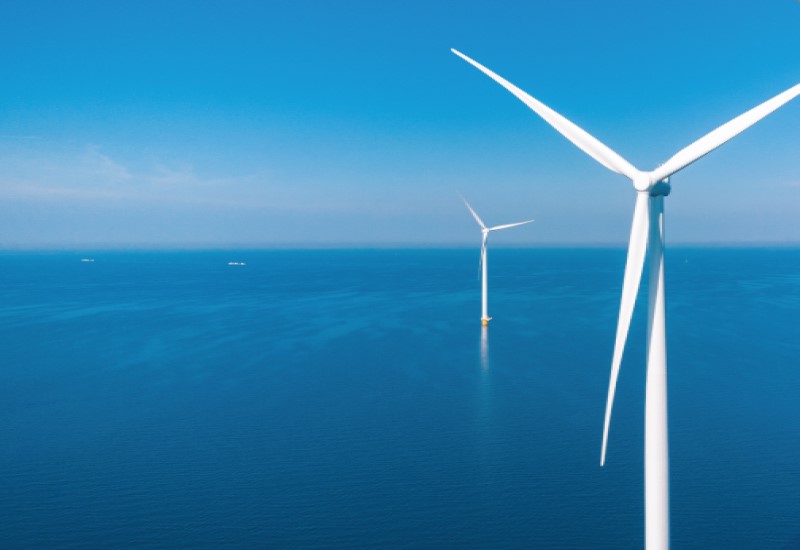
Which regions will show vast growth potential with the advancement of this industry?
Read more Request Info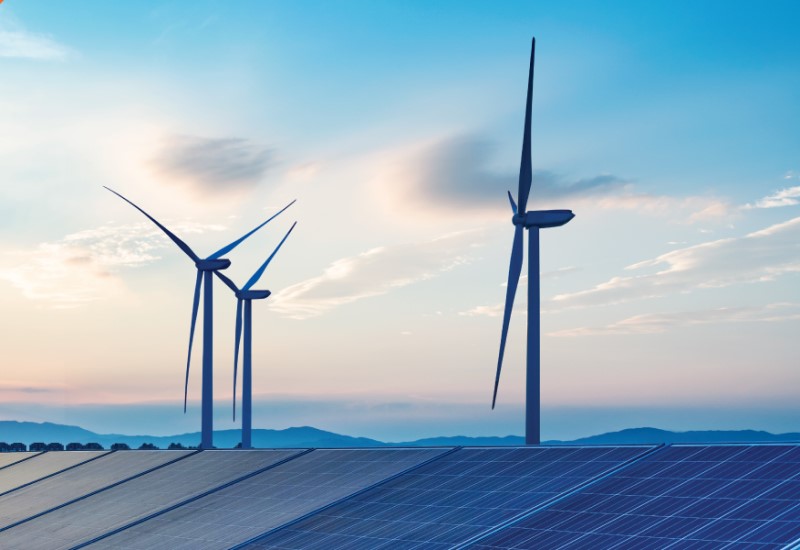
What are the global 4D developments shaping the evolution of power generation?
Read more Request Info
Explore future investment and growth strategies transforming this major landscape
Read more Request Info
Which major opportunities can stakeholders capitalize upon to achieve growth?
Read more Request Info
What is the role of decarbonization across industries and in the emergence of this sector?
Read more Request InfoThe agricultural industry’s ongoing changes—rapid climate change and biodiversity loss—have created a lucrative growth opportunity for agrochemical technology developers. According to Frost & Sullivan’s recent survey on the sustainable agrochemicals crop protection industry, the need to protect crops and reduce agricultural-related emissions encourages technology developers to create solutions that allow farmers to sustainably increase agricultural productivity. Furthermore, government strategies, such as proposing a 50% reduction in fertilizer losses and a 20% reduction in fertilizer consumption by 2030, are expected to drive innovation in the sustainable agrochemicals industry.
Read more
2023 will be a year of balance for energy. Conventional energy sources (oil and gas) will maintain their prominence in the GCC and the broader Middle East. Investments in new sources of energy will increase, driven by commitments made toward emissions reduction. We expect to see an increased push by utilities, regulators and associated entities toward decentralized infrastructure improvements. This would involve storage, EV integration, and solutions that integrate solar energy for cooling/heating/lighting. Utilities will need to look at new business models, as energy consumption declines.
Read more
Energy transition and climate action were a central theme in the 2022 budget, and various green initiatives gained impetus through the country’s Long-Term Low-Carbon Development Strategy (LT-LCDS) announced during the COP27 conference. India is expected to achieve 170 GW of renewables in 2022 and is on course to surpass its NDC of 50% renewables (currently 41%) installed capacity by 2030. The Production-Linked Incentives (PLI) scheme resulted in fresh investments in domestic cell and module manufacturing this year. Multiple new investments in green hydrogen, biofuel, and storage technologies were also announced.
Read more
Recently, Frost & Sullivan surveyed the energy and utilities customer care and engagement industry and, based on its analysis, recognizes Hansen with the 2022 Global Product Leadership Award for its best-in-class products that empower energy utilities and power retailers. The company is one of the industry leaders in the energy and utilities sector with over 50 years of operations and a comprehensive portfolio of practical solutions for customers in over 80 countries.
Since 2016, Frost & Sullivan and The Energy and Resources Institute (TERI) have recognized enterprises and emerging innovators that have led the change in sustainability. The duo now launches the 14th edition of the Sustainability 4.0 Awards, which are scheduled for Nov. 10, 2023. Nominations are now open, and the companies interested in participating in the awards assessment process can submit their details on or before March 31, 2023.
According to Frost & Sullivan’s recent analysis, Global Modular Construction (MC) Growth Opportunities, a shift in awareness toward the use of modular buildings because of the COVID-19 pandemic has unlocked growth opportunities in the MC sector globally. Prefabricated or off-site constructed building units, such as walls, floors, rooms, and frames, are associated with the industry. In response to socioeconomic factors such as the labor shortage, sustainability, and customer demand, MC aims to address the post-pandemic era’s call for more efficient construction methods. As a result, the global MC sector is expected to grow at a compound annual growth rate (CAGR) of 5.5% to $142.06 billion by 2028, up from $103.09 billion in 2022.
Read more